An interview with Todd Haynes at Locarno Film Festival
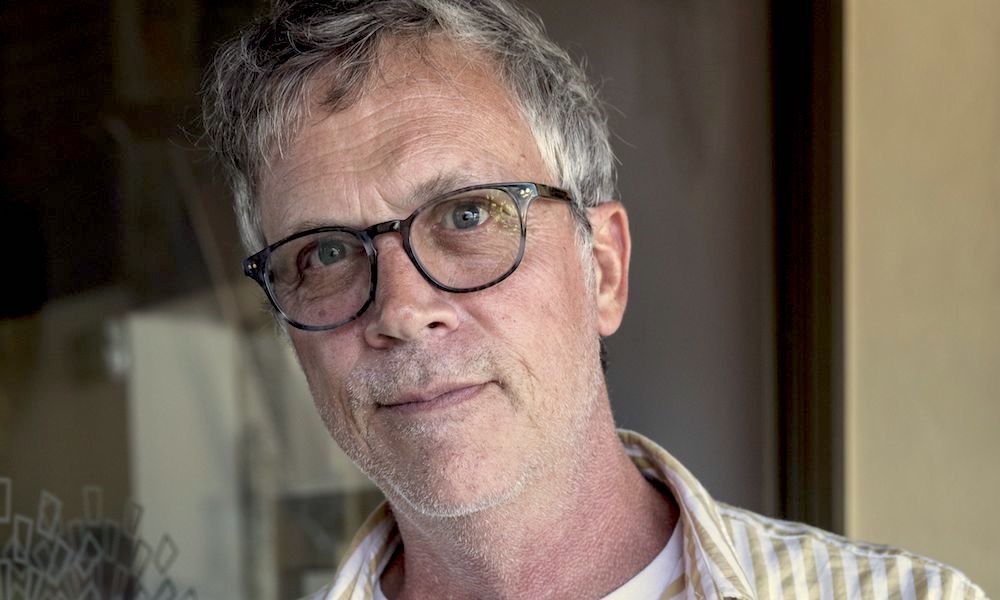
Revered director Todd Haynes has been a fixture of Locarno since 1991, when his film Poison first screened. It won the Grand Jury Prize at Sundance later that year. We interviewed Haynes at the Palacinema just off Piazza Grande. We spoke to him about his influences, previous directorial work and upcoming projects.
Hello Todd. How does semiotics affect your work?
Semiotics was the name of a programme in my college. It was critical theory oriented towards film. One could say it was a study of science. It was exposure to feminist film theory, psychoanalytic theory. It really was a useful langue for me. It’s only if a theory connects with your view of the world in a personal way that it becomes meaningful and applicable to your work.
Do you remember the feedback your film Poison received at the 1991 Locarno Festival, and your feelings at that time?
I don’t remember it particularly well. It was so many years ago. But it was a film that provoked people. It’s an intense piece of work. It was a provocative film. But it was intended to provoke discussion. And I enjoyed that – I bargained for it.
Why is melodrama – something that you employ a lot in your films – considered old fashioned?
Melodrama will never die. It’s something that’s been rediscovered by directors over the years. I discovered it in college through the works of Douglas Sirk, who was a revered director of 1950s melodramas. And Rainer Werner Fassbinder rediscovered Sirk in his works. Fassbinder was a single industry that produced films that interrogated German social life, informed by a political climate of 1968 culture. Sirk came out of Brechtian theatre and ended up at Universal Studios in Hollywood and applied his own critical perspectives on stories about middle class American life. I think it was in both these directors’ hands that the melodrama became almost a political tool for describing society. There was critique about middle class society implicit in the form of the melodrama, and that always appealed and made sense to me and I applied it to my work.
You draw on music mythology and melodrama. Do you think there is a connection between the image of pop stars and the melodrama style?
Certainly in the case of my film Velvet Goldmine, which is about the glam rock moment in music in the early 70s. This really elevated the artifice and style and made a statement that identity itself is construct – something we dress up. In a way that sense of artifice is something that Douglas Sirk imbues his films with. So even the notion of middle class American happiness becomes an artificial surface which he asks you to penetrate.
What is the criteria from which you to decide to direct or write your films?
It’s relatively recent in my career to open the door to scripts and projects that I haven’t originated myself. It’s been true of my last two films Carol and Wonderstruck. They’ve both been great creative experiences. It’s funny that even when you write your own script and it becomes a blueprint for something else, and even when it’s your own ideas you still discard them at a certain point. Filmmaking is a series of discardings. You imagine the film and try to execute it, but it’s what you end up with which is the real thing.
Franco Zeffirelli’s Romeo and Juliet was one of your formative cinematic influences.
I was seven when it came out and it made such an impression on me. There were certain films I would see as a kid that would arrest me and take over my imagination. You saw the movie once and somehow it would completely penetrate your entire being. And that was true of the first film I saw when I was three, which was Mary Poppins. But Zeffirelli’s film had a romantic content, a sexual content. You saw the bosom of Olivia Hussey, and the bare buttocks of Leonard Whiting. And it interestingly connected to the youth culture of the 60s – it made Romeo and Juliet feel contemporary. My first education in movies was at the LA Repertory Cinema, watching double bills all day. It was extremely seminal.
What about your future projects?
I’m doing my first documentary on The Velvet Underground. It will be a great opportunity to explore this unique period in 1960s avant-garde New York. And this band came out of experimental film and music and a culture that doesn’t exist anymore. It was a band no one knew about, but it has had so much influence in the subsequent years. Brian Eno said: “Everyone who bought one of those records started a band.”
How will you approach the Velvet Underground project?
There is so little material and footage in the traditional sense – there’s hardly anything of them performing. So it has to start with the raw material of the experimental film language that of course Andy Warhol will be a part. Because it needs to be a visually driven film. You don’t want just talking heads, you want to hear that music but see the images that were coming out at that time. For example, Warhol’s work was influenced by mass media and a sense of the corrosion in our society. Archival and historical footage will be an element, but I really want to unearth the experimental cinema of the time.
And is there a way in which Warhol’s ideas link back into your work with melodrama?
Warhol challenged the distinction between low art and high art and it raised these questions, which are still relevant today – the differences between cultural expression and popular expression. And that’s what cinema is, what Hollywood has always been: an artistry that wishes to be popular. If it didn’t tap into the desires we all have – the escapism, to be afraid, to become aroused, to be drawn in – it wouldn’t survive.
How has modern culture influenced your films?
Contemporary life fascinates me. But I always need to find a corollary in the past, which is why all my films are set then. It’s a way of reading the present through the window of the past, and the present through the genres of film that are ongoing, which we may think have gone away but continue. Melodrama is still active; it’s still part of the culture.
Joseph Owen
Photo: Locarno Film Festival / Alessio Pizzicannella
For further information about Locarno Film Festival 2017 visit here.


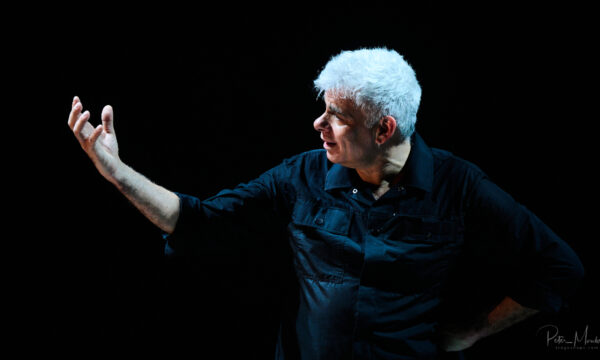
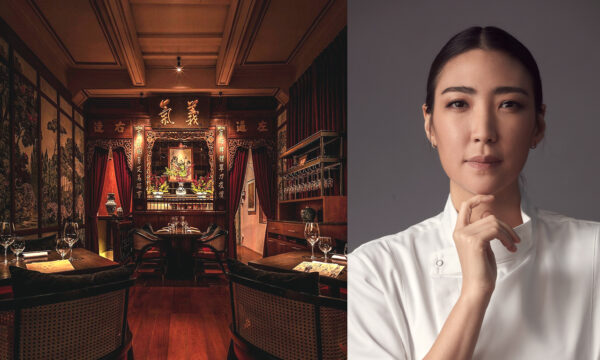
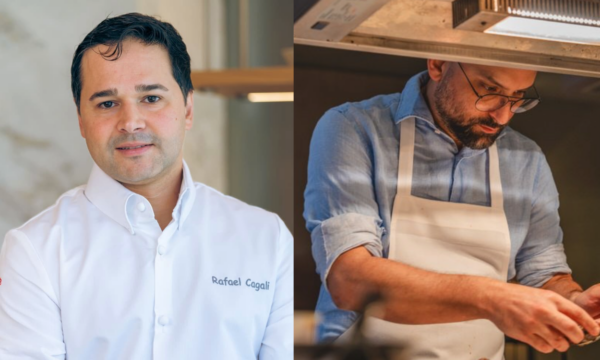
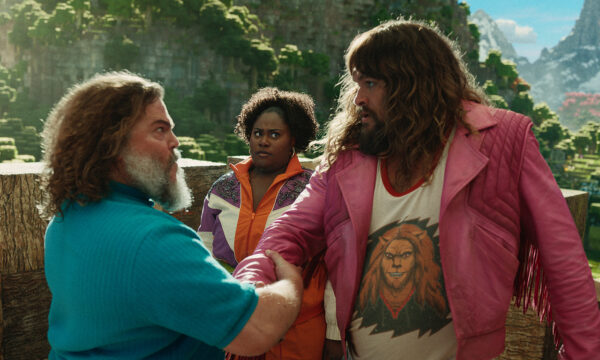

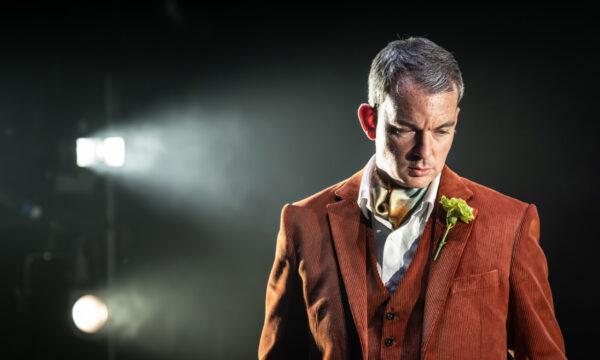
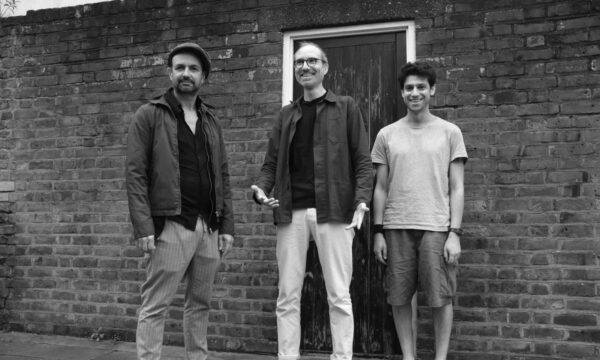











Facebook
Twitter
Instagram
YouTube
RSS